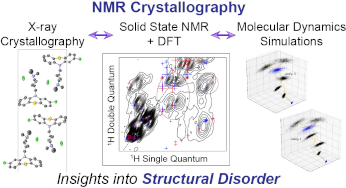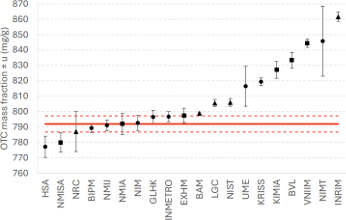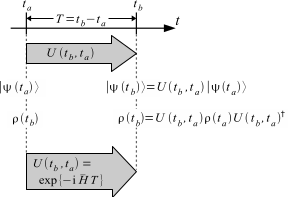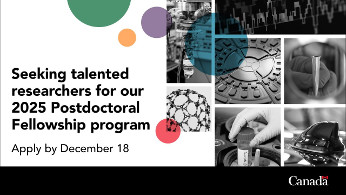Postdoctoral Fellowship, Hyperpolarization in Quantitative NMR and Quantum Information Processing.
Project Title:
Parahydrogen-Induced Hyperpolarization: Applications to Quantitative NMR and Quantum Information Processing
The Role:
Nuclear Magnetic Resonance (NMR) spectroscopy is an indispensable tool in chemistry, biochemistry, medicine, pharmaceutical, food, polymer and material science. It enables identification, structure determination, the study of dynamics, and quantification of small- to macromolecules. However, NMR, especially of dilute analytes in complex mixtures, is hampered by low sensitivity due to the low nuclear polarization at thermal equilibrium. Parahydrogen-induced polarization (PHIP) has grown into an attractive, relatively low-cost, and versatile technique to produce non-equilibrium nuclear polarization, or hyperpolarization, resulting in NMR signal enhancements of 2-3 order of magnitudes in specific substrate molecules, enabling detection at nanomolar concentrations. The goal of this PDF project is to setup and exploit PHIP to (i) push the sensitivity of quantitative NMR to unprecedented limits, enabling orders of magnitudes lower limits of detection and quantification, and (ii) enable the use of a larger number of nuclear spin qubits for the simulation of more complex quantum algorithms by offsetting the inherent polarization loss during computation.
Education:
Ph.D. in chemistry, biochemistry, or closely related field.
Experience:
Experience with developing and employing advanced NMR techniques, including pulse sequence development, multi-nuclear and multi-dimensional experiments is required; Prior experience in hyperpolarization techniques is highly desirable.
Language Requirements:
English
Duration:
2 years
Location:
Ottawa, Canada
Closing Date: 18 December 2024
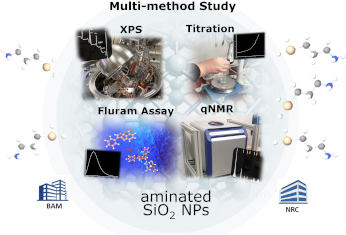


 ORCID
ORCID